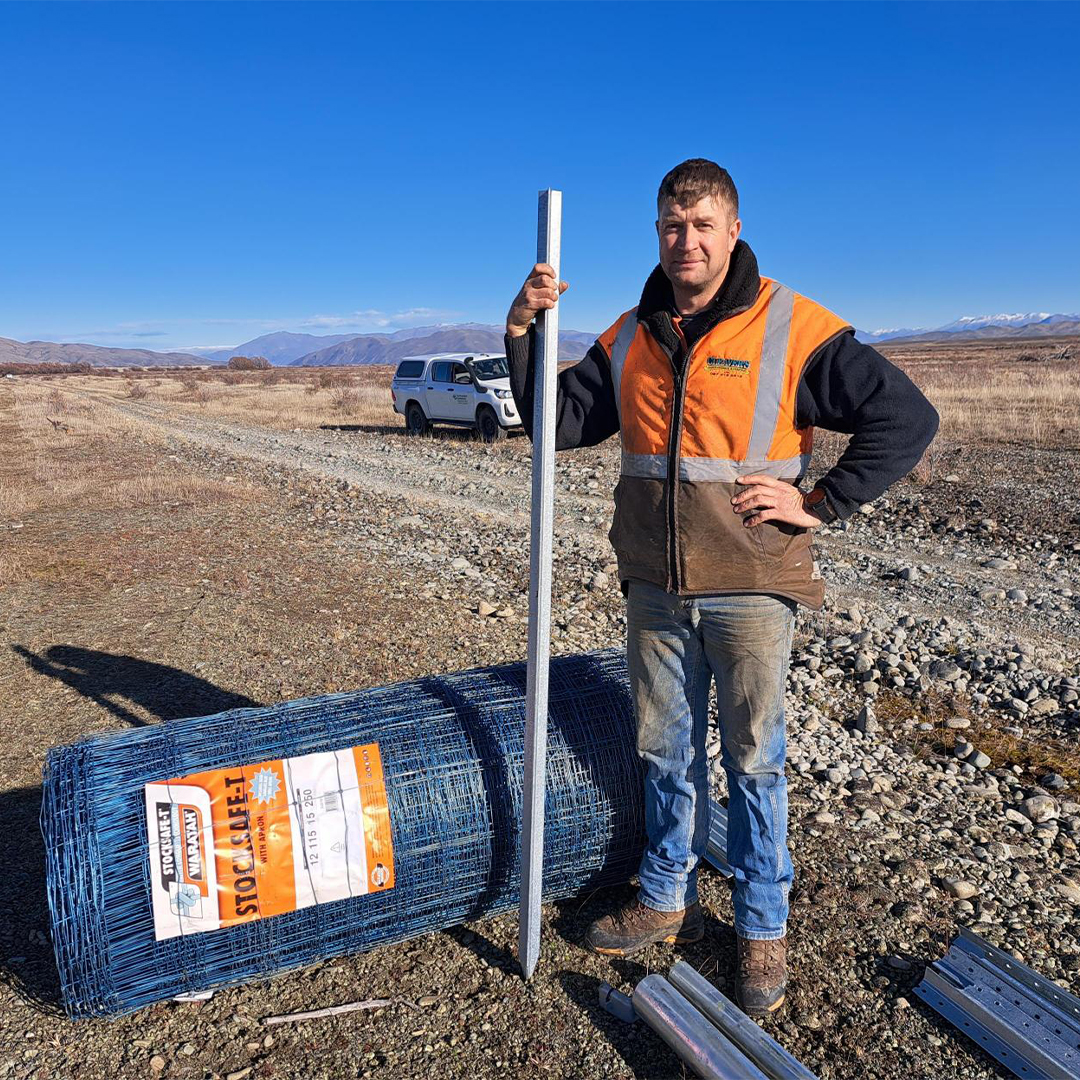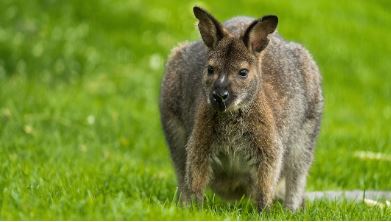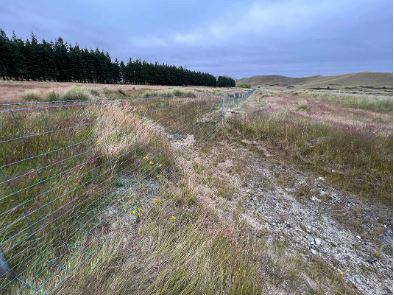Work starts on Wallaby-proof fence in South Canterbury
Farmers weekly.co.nz - June 16,2023
A $1.4 million fencing project has become the latest tool in the war on wallabies in South Canterbury.
Construction of a wallaby exclusion fence is the latest development in attempts to protect the Mackenzie Basin environment.
The 48km fence will follow the western border of Canterbury’s wallaby containment area, along the Takapō River system from Lake Benmore through to Lake Takapō.
“Over the past 10 years, wallabies have been spreading out of the containment zone and into the Mackenzie Basin and we can’t afford to let them spread and establish further,” Canterbury Regional Council wallaby programme leader Brent Glentworth said.
“We’ve seen a significant increase in wallaby reports and numbers destroyed in the area. Alongside other control methods the fence will be crucial for securing containment and reducing further spread.”
Fence construction will take place in stages over a few years, starting with a 15km section from Grays River north towards LakeTakapō, with two local firms engaged to carry out the first stage.
Community consultation will take place around the fence alignment at the Lake Takapō end, although construction of that stage is not expected to happen for two years.
Glentworth said wallabies have a reputation for damaging normal farm fences as they attempt to push through or go under them.
The new fence will be 1.3m high and constructed with purpose-built Australian-made wallaby exclusion netting, including an apron at the bottom to prevent wallabies passing beneath it.

Jack Cleaver - Cleaver Excavations Ltd.
It will also be rabbit netted, allowing continued management of this pest as well.
Glentworth said it is important to use every tool available in the battle against wallabies.
It’s estimated that the national economic impact of letting wallabies spread unchecked could be up to $84m a year by 2025.
“The work under the national programme is more than just having teams in the air and on the ground carrying out control and surveillance.
“It’s also tackling the wallaby problem by investing heavily in research and improving wallaby detection at very low levels while exploring new and improved control methods.
“Fencing will play a critical role in providing a secure boundary 24 hours a day so we can progressively reduce densities within containment and eliminate the spread on the other side.”

A similar fence design has been used near Rotorua to progress work on its wallaby issue.
“It’s fantastic we have the opportunity to do this for South Canterbury thanks to the national programme,” Glentworth said.

The fencing project is being funded by the Ministry for Primary Industries -led Tipu Mātoro National Wallaby Eradication Programme.
Meanwhile the Horizons Regional Council is asking for people to be on the lookout after the discovery of a wallaby in the region.
Horizons’ environmental manager Craig Davey said a dead wallaby was found on Ongarue Waimiha Road in the Ruapehu District on June 11.
“We were alerted after a report was lodged via Biosecurity New Zealand’s wallaby reporting website. The roadkill wallaby was picked up on Monday from the place it was killed,” Davey said.
This is the first wallaby, dead or alive, to be recovered in the Horizons Region.
Davey said Horizons is using various surveillance techniques, including trained wallaby detector dogs, to see if there is an established wallaby population near where the dead wallaby was found.
“People should look out for any wallaby signs, including droppings and footprints. The most common wallaby in the North Island, the Dama wallaby, stands up to 50cm tall and weighs 4kg to 7kg. Their droppings are about 20mm long and tend to be pear-shaped, although there can be variability.”
Wallabies are a significant introduced pest, threatening the environment, biodiversity and economy. They are browsers, preferring to eat young plants and seedlings.
Their browsing removes forest understory, which impacts regeneration, native habitats and food sources. Their competition for food sources impacts native wildlife, including native birds.
They also compete with sheep, cattle and other livestock for food. It is estimated three Bennett’s wallabies will eat as much in a day as one adult sheep. They damage crops, young trees and fences, as well as contributing to erosion and poorer water quality.
Any sightings or signs of wallabies anywhere in New Zealand should be reported to BiosecurityNZ at www.reportwallabies.nz.
Article written by: Annette Scott
Image source: ecan.govt.nz
Original news article: https://www.ecan.govt.nz/get-involved/news-and-events/2023/fence-the-latest-tool-in-the-war-on-wallabies/